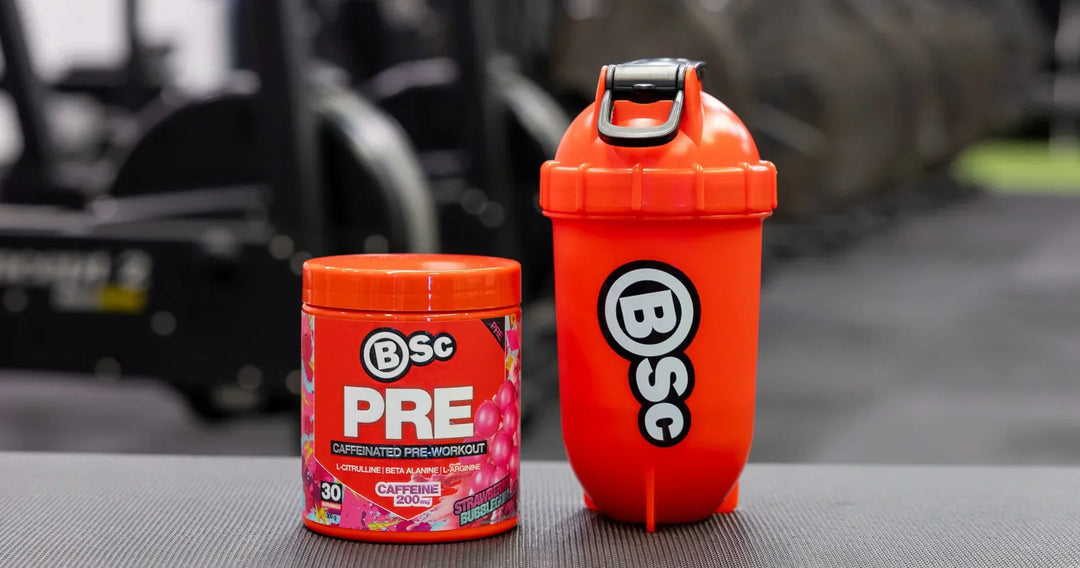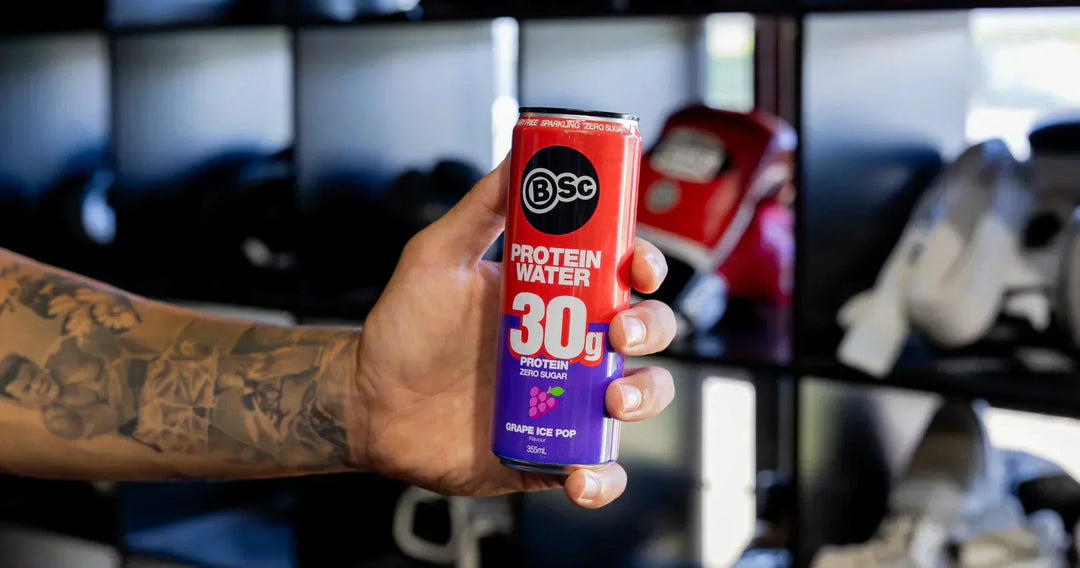Find Your Whey

If you are looking to increase lean muscle mass and improve body composition, the consensus is that a higher protein diet is important. Protein not only provides the building blocks for new muscle, but also helps to regulate appetite. The most important piece of the puzzle is total daily protein intake, if you are achieving adequate protein intakes, regardless of the source, you are likely compromising your ability to increase lean muscle. The good news is, there are many protein rich foods you can use to hit your daily protein intake, and one of the most popular supplements to boost protein intake is whey.
What is whey?
Dairy is a rich source of protein-fact. Of the protein content in milk, around 20% is whey protein and the remaining 80% is casein protein. Whey is formed as a by-product of the cheese and yoghurt making process- the watery fluid you might see when you have pot set yoghurt. Whey is a popular base for protein powders because it is a complete protein with all essential amino acids, easily digested and nutritious.
How is whey produced?
To take the watery fluid removed from the cheese during processing and tur it into the powder we see in the protein powders we buy, the whey fluid undergoes several steps which remove the moisture to yield whey powder. Whey Protein Concentrate (WPC) is produced by removing most of the fat and carbohydrate from whey powder (but does contain small amounts of carbohydrates and fats). The WPC can be further processed to reduce the amount of fats and carbs, increasing the percentage of protein in a serve. The product of this extra layer of processing and refinement is referred to as a Whey Protein Isolate (WPI). WPI is usually around 90% protein whereas WPC protein content can vary between 25-89%, however a high-quality WPC will be around 80% protein.
Whey vs Casein
Casein protein is the other high-quality protein derived from dairy. However, compared to the quickly absorbing and branch chain amino acid-rich whey, casein is slower to be absorbed by the gut, and has a slightly different amino acid profile. Whey has higher levels of leucine, which is important for muscle development, where casein is higher in other beneficial amino acids. Both casein and whey can help you hit your daily protein intake, however, because of the rate of absorption and leucine in content of whey, it nudges slightly ahead of casein for benefits. This is unless, of course, you are hoping to provide a slower absorbing source of protein to keep protein levels higher over a longer period, such as at night. In this case, casein can still be highly beneficial.
So, what is the benefit of a WPI over a WPC?
Put simply, there is actually not a huge difference when comparing WPC to WPI, in fact, there may be benefits to blending whey with casein if looking for an elongated period of amino acid absorption. Comparing a WPI over a WPC in the table below you can see there are some differences in amounts of fat and carbohydrates (lactose) per 100g. However, with a common serve of protein powder being 30g, once corrected for serve size, there is only a small difference between WPI and WPC. If you are on a very tight calorie budget, a WPI may provide a small decrease in calories but for the most part both would be a great choice for boosting daily protein intake, particularly in the post training period due to the easy digestibility of whey powder.

A large body of research exists highlighting the benefits of whey protein for lean muscle mass gain and for appetite control, and much of this research does not delineate between WPI and WPC. On the whole, unless you are intolerant to lactose, whether you use a WPC or a WPI is unlikely to make a measurable difference to your results as both are rich in essential amino acids and the all-important leucine. For the most part, how you choose to make up your daily protein intake will come down to personal preference and whey is a super convenient high-quality option to throw in your mix.
References:
- Burd NA, Yang Y, Moore DR, Tang JE, Tarnopolsky MA, Phillips SM. Greater stimulation of myofibrillar protein synthesis with ingestion of whey protein isolate v. micellar casein at rest and after resistance exercise in elderly men. Br J Nutr. 2012 Sep 28;108(6):958-62. doi: 10.1017/S0007114511006271. Epub 2012 Jan 31. PubMed PMID: 22289570.
- Corgneau, Magda & Gaiani, Claire & Petit, Jeremy & Nikolova, Yoana & Desobry-Banon, Sylvie & Ritié‐Pertusa, Léa & Le, Doan & Scher, Joel. (2019). Nutritional quality evaluation of commercial protein supplements. International Journal of Food Science & Technology. 54. 10.1111/ijfs.14170.
- Devries, Michaela & Phillips, Stuart. (2015). Supplemental Protein in Support of Muscle Mass and Health: Advantage Whey. Journal of Food Science. 80. 10.1111/1750-3841.12802.
- Hoffman, J. R., & Falvo, M. J. (2004). Protein - Which is Best? Journal of sports science & medicine, 3(3), 118–130.





